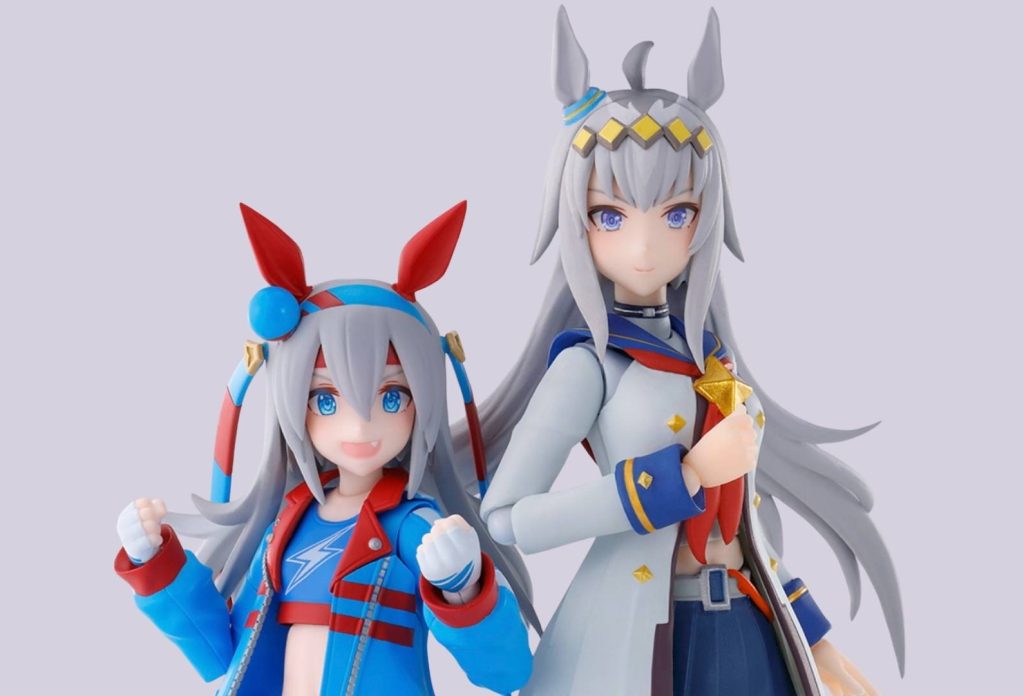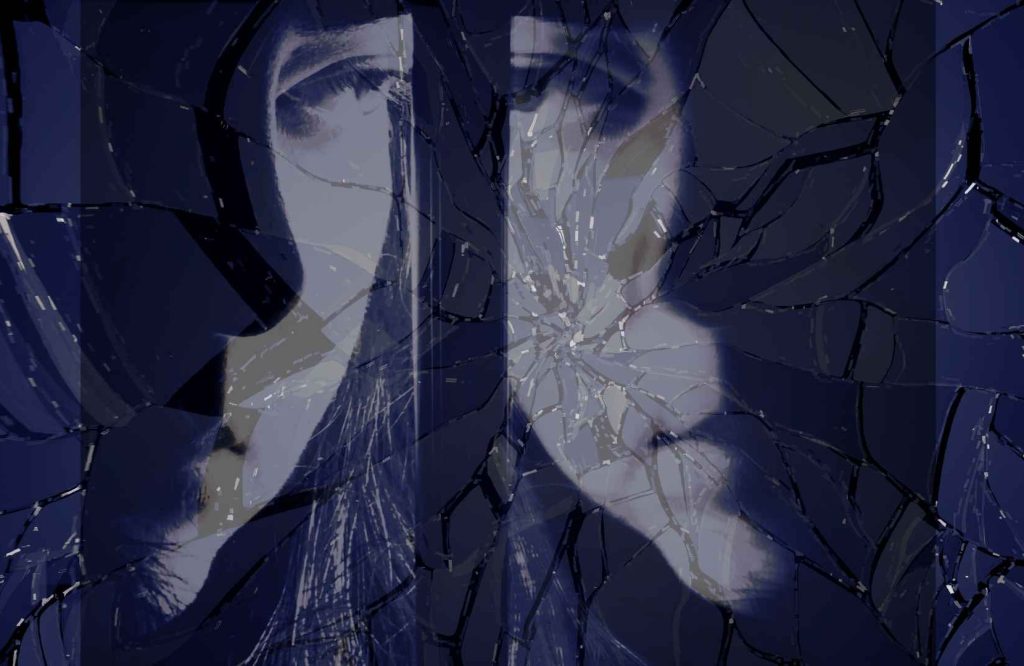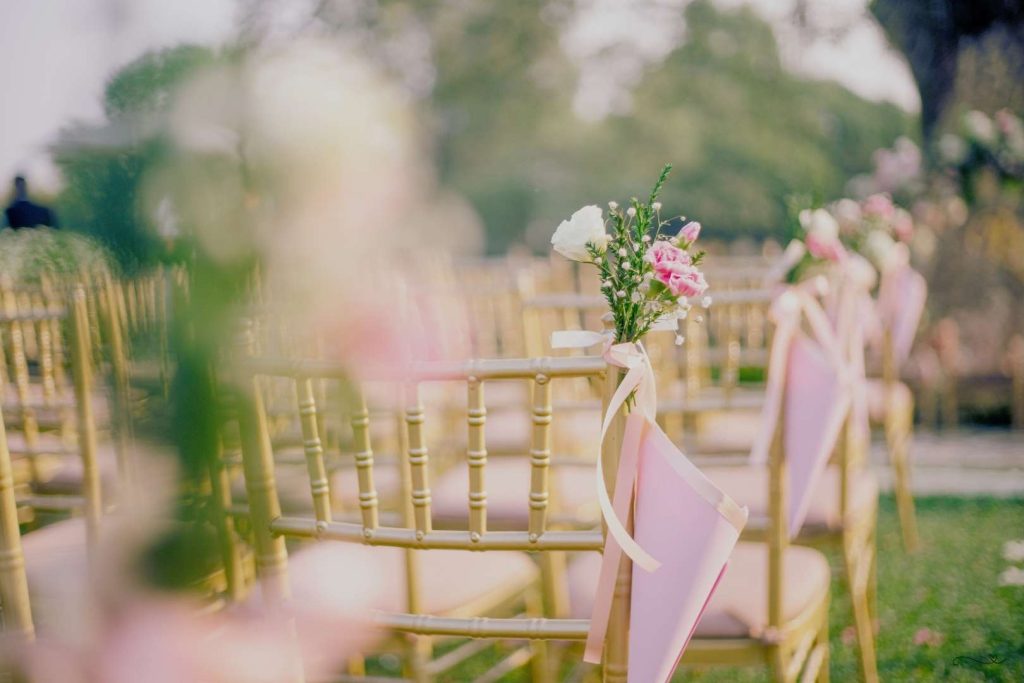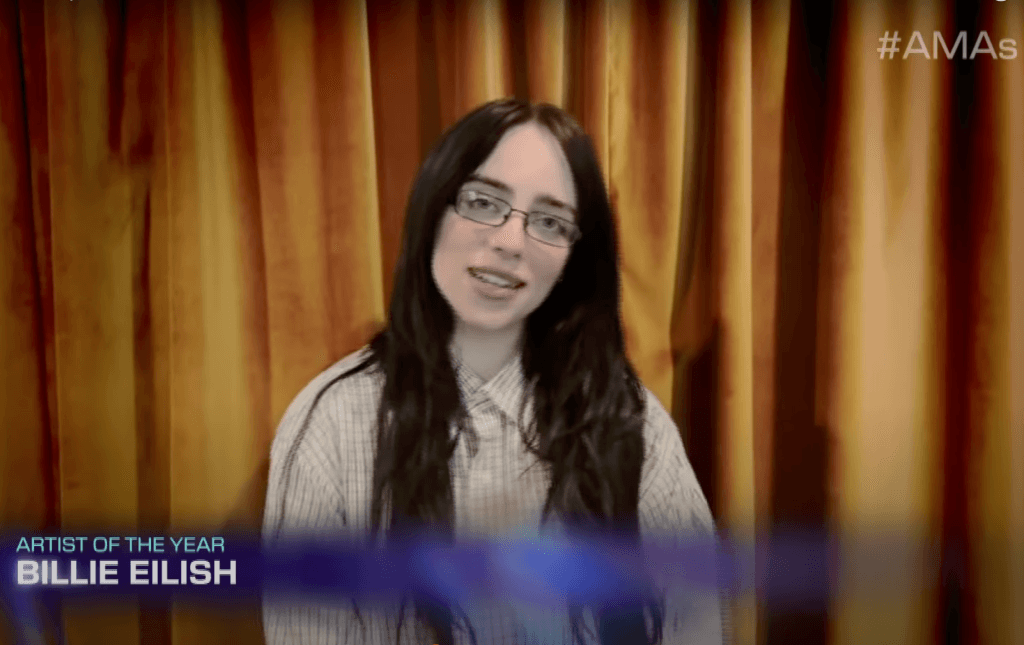Guilty. Only me again, getting emotionally attached to fictional horse girls.
I started with the Uma Musume manga, then spiraled into the Netflix anime. Don’t ask how many nights I’ve stayed up Googling the real-life racehorses they’re based on. It’s embarrassing. But somewhere between the sparkly eyes and over-dramatic sprints, Cinderella Gray stopped being cute. It became too real.
Two Girls, One Finish Line
There’s something hypnotic about watching Oguri Cap and Tamamo Cross race, two girls from nowhere, chasing everything. No villain edit. No melodramatic sabotage. Just raw ambition in motion. They don’t hate each other; they see each other. And maybe that’s why it hurts, because when women compete like that, it stops being about winning. It becomes about being witnessed.
Tamamo is all fire: loud, proud, Kansai accent and all. Oguri is ice: quiet, heavy with focus. Together, they create one of the most balanced rivalries I’ve seen, one burning to prove she’s unstoppable, the other trying to prove she won’t break.
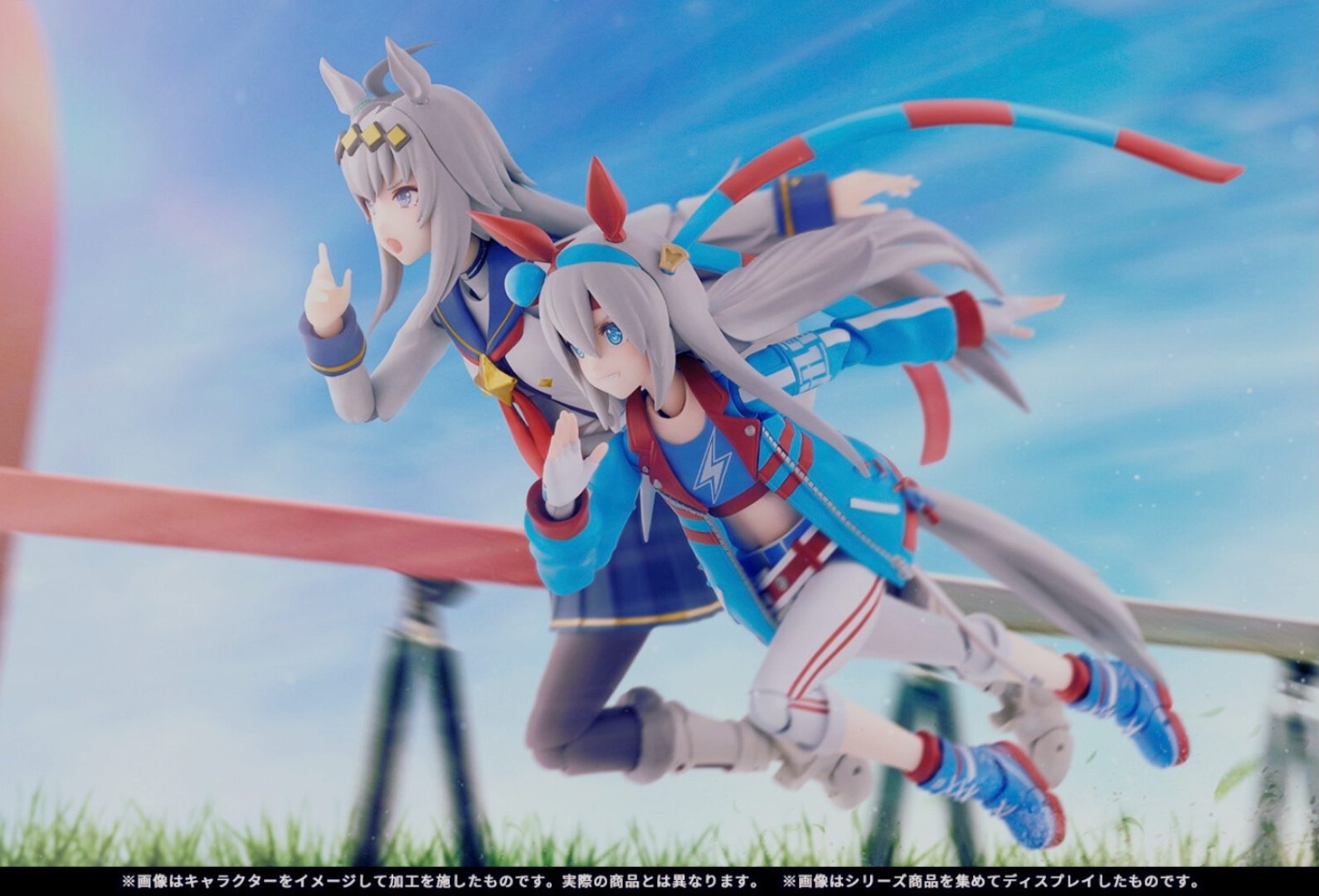
Running Without Cruelty
In a world that loves turning women into morality lessons, “too emotional,” “too cold,” “too much” these two simply run. And somehow, that’s revolutionary. When Tamamo wins their first big race, Oguri collapses at the finish line. She feels devastated, yet not defeated. There’s no tantrum, no bitterness, only exhaustion and quiet awe.
The show doesn’t treat it as tragedy; instead, it becomes transformation. Oguri realizes that losing can be sacred, a moment when your limits finally introduce themselves. Meanwhile, Tamamo doesn’t gloat. She reaches out her hand, and that gesture changes everything.
That’s what I love about Cinderella Gray: it allows women to be rivals without cruelty.
What Makes It Revolutionary
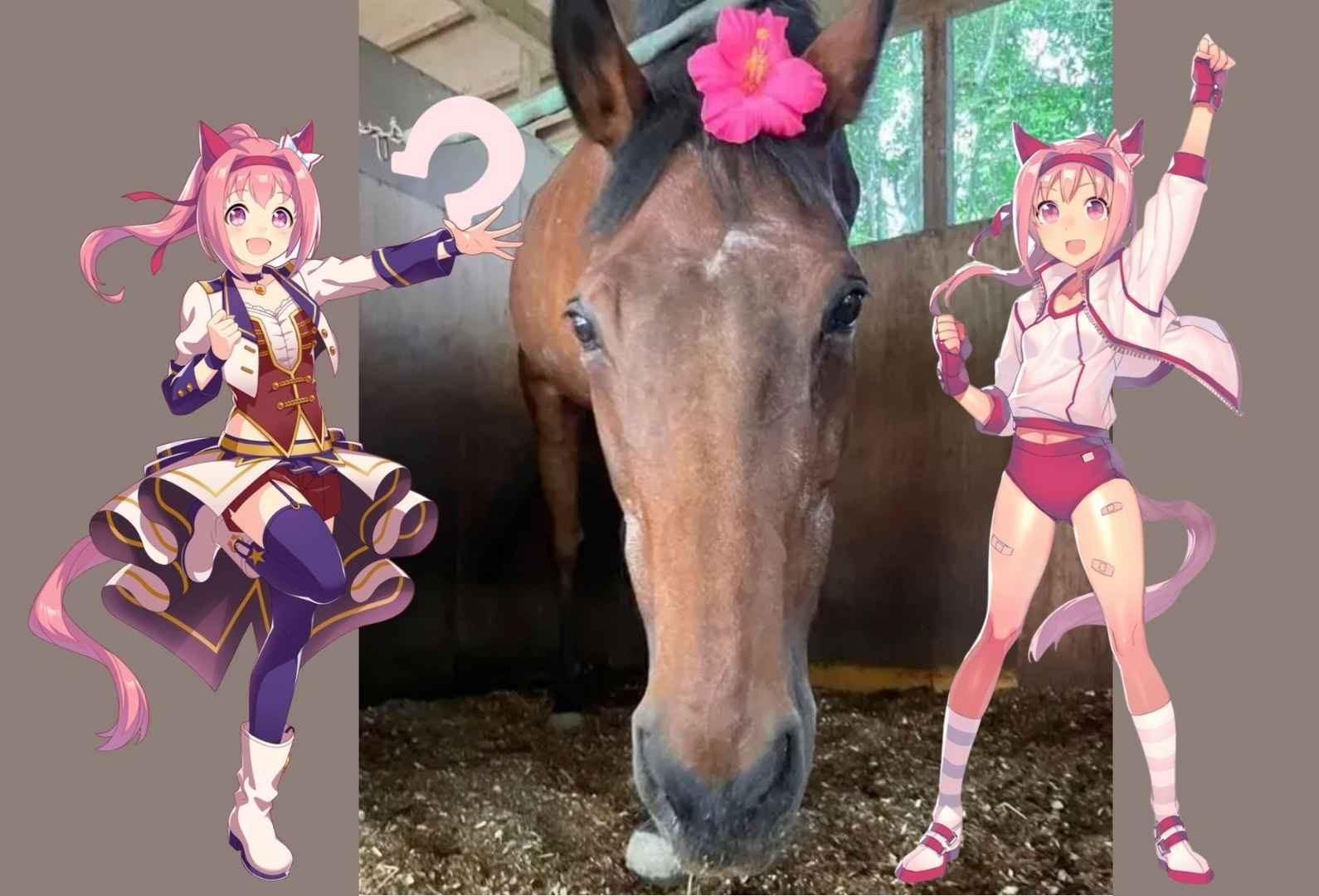
That’s the quiet beauty of this show: it’s not about dominance; it’s about coexistence. About realizing that ambition doesn’t have to divide women, it can mirror them back to each other.
Maybe that’s why I’m obsessed. Not because they run fast, but because they remind us that even when we lose, we’re still seen.
And somewhere out there, one of the real horses who inspired it all, Haru Urara, Japan’s beloved “shining star of losers,” who passed away recently – is finally resting after a lifetime of running without a single win, yet somehow winning every heart.
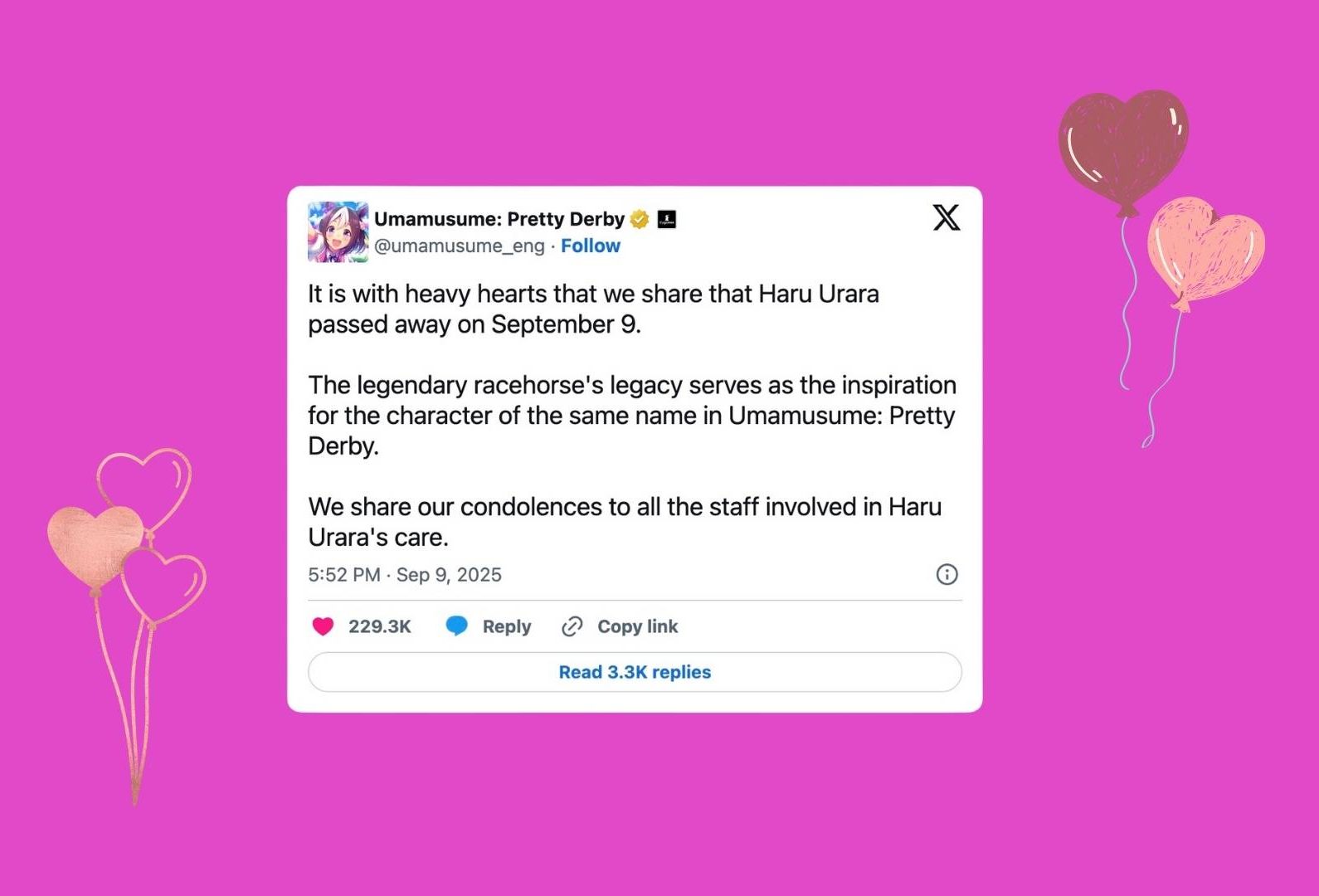
Further Reading
If this piece resonated with you, these five may feel like emotional sisters to it:
Are you actually growing or Just Running in Place?
An introspective look at what emotional “progress” really means, and how exhaustion can masquerade as ambition.
Secondhand Embarrassment: Why Do We Cringe So Hard?
For anyone who’s ever been “too emotional” – this piece explores the fragile line between empathy and projection.
What to Say When a Friend’s Dog Dies
A soft piece about grief, awkward comfort, and the strange intimacy of loss.
Shirley Jackson – The Real Horror Behind Hill House
A deeper dive into the silent battles women fought in literature and life – and the emotional truths they never said out loud.
Are You in a Pooh Era or a Pokémon Era?
Pooh or Pokémon? Healing isn’t always glow-ups. Sometimes it’s naps and soft reboots.

